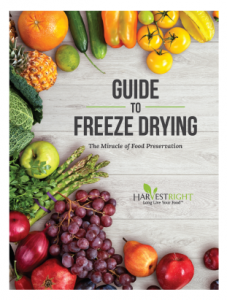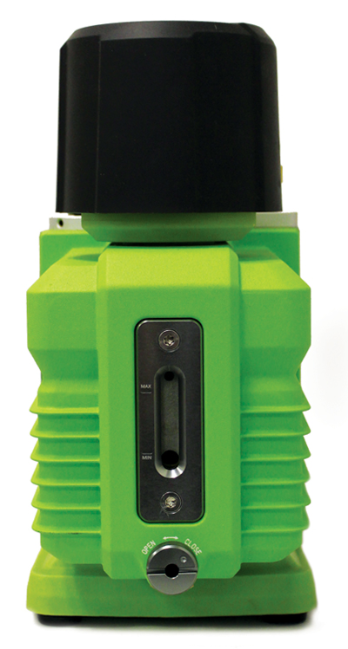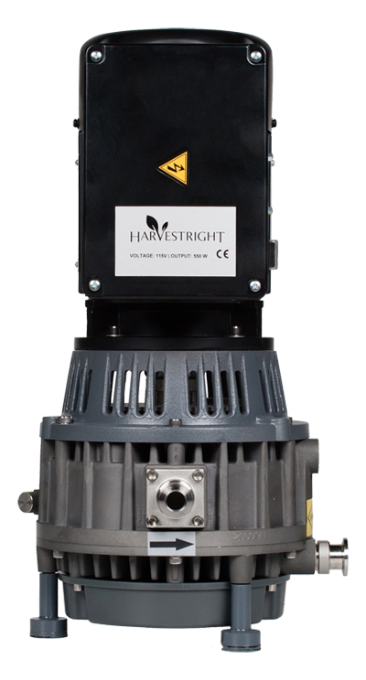In the world of food preservation, there are many methods that are satisfactory. Freezing, drying, and canning have been around for many generations in some form or another, and have improved as new equipment has come available.
Freezing is known for preserving flavors closest to fresh, and drying works wonders with many foods, allowing them to be stored for years using much less space. Canning fruits, jams and jellies in a water bath process allows us to prolong the bounty of these foods. There is nothing like breaking out canned peaches during the height of winter. It reminds us that spring is coming. Many young people today have never had to eat locally grown foods in season, and have no idea what is available as the seasons change, but the older readers will remember life before Super Walmart, with its year-round foods imported from all regions of the world. Another process, pressure canning, allows the preservation of low-acid foods such as meat, potatoes, beans, soups, and some tomato products.

Another method, less often used, but seeing a resurgence, is fermentation. One of the oldest methods, it is still done today much as it was for hundreds of years. The ingredients are simple, and the food is not only delicious, but today’s science proves the health benefits. These include fermented milk, called Kefir, fermented tea, called Kombucha, and a huge variety of fermented vegetables and fruits, including krauts in hundreds of flavors, pickles, salsas, bruschetta, berries, and more. Each culture has their specialties. Miso, kvass, beer, wine, even chocolate are fermented foods that you may or may not know about. Sourdough is a ferment used to leaven breads and baked goods.
Enter our new technology; the Harvest Right Freeze Dryer. While this freeze dryer stands alone as the master of food preservation, we have found it to be an amazing asset in the long-term preservation of ferments. Sourdough starter keeps for years and re-activates as though it was just made. Kefir powder, when added to fresh or freeze-dried milk, will culture it.
While sauerkraut and salsa will hold in the fridge for a very long time, they do continue to ferment slowly, and the taste will change somewhat. For many years, kraut and pickles were canned for long term preservation, but the good bacteria which ferment the kraut, (and the corresponding health benefits), were lost when the ferments were heated in canning.
Imagine for a moment, having sauerkraut or Curtido that is EXACTLY at the point of fermentation that you love. You know that you can’t eat it all right away, and even though it will be good in a few months, it will evolve over time, and change. Now, you simply freeze dry it, and in ten years, you still will have that exact flavor you love. The nutritional benefits will still be intact. It is a win-win for fermenters everywhere.
If you are a fermenter, the Harvest Right Freeze Dryer is for you. It is the only method of long-term storage that keeps the nutritional value of food at 97-99%. It’s the dream machine of food preservation.






can you freeze dry pickle chips? and will they in their freeze dried state be anything like a potato chip that you could use for eating dips?
I just freeze dried pickles, and they are VERY salty. But, I figured that before I dried them, so I intend to powder them and use them as a seasoning: popcorn, fresh potato chips, baked potatoes, roasted potatoes or vegetables, etc. I think it has all kinds of uses!
I have freeze dried my canned pickles when I was cleaning out the pantry and they turned out super salty tasting and would not be good as chips… BUT… if you powder them you can add some to egg salad, potato salad etc… for a wonderful taste.
Could you send me information on freeze drying kefir , sourdough starter , and sauerkraut . I bought my FD in 2017 and have been fermenting way before that. I’d like to freeze dry my ferments.
Thank you for any information you might have .